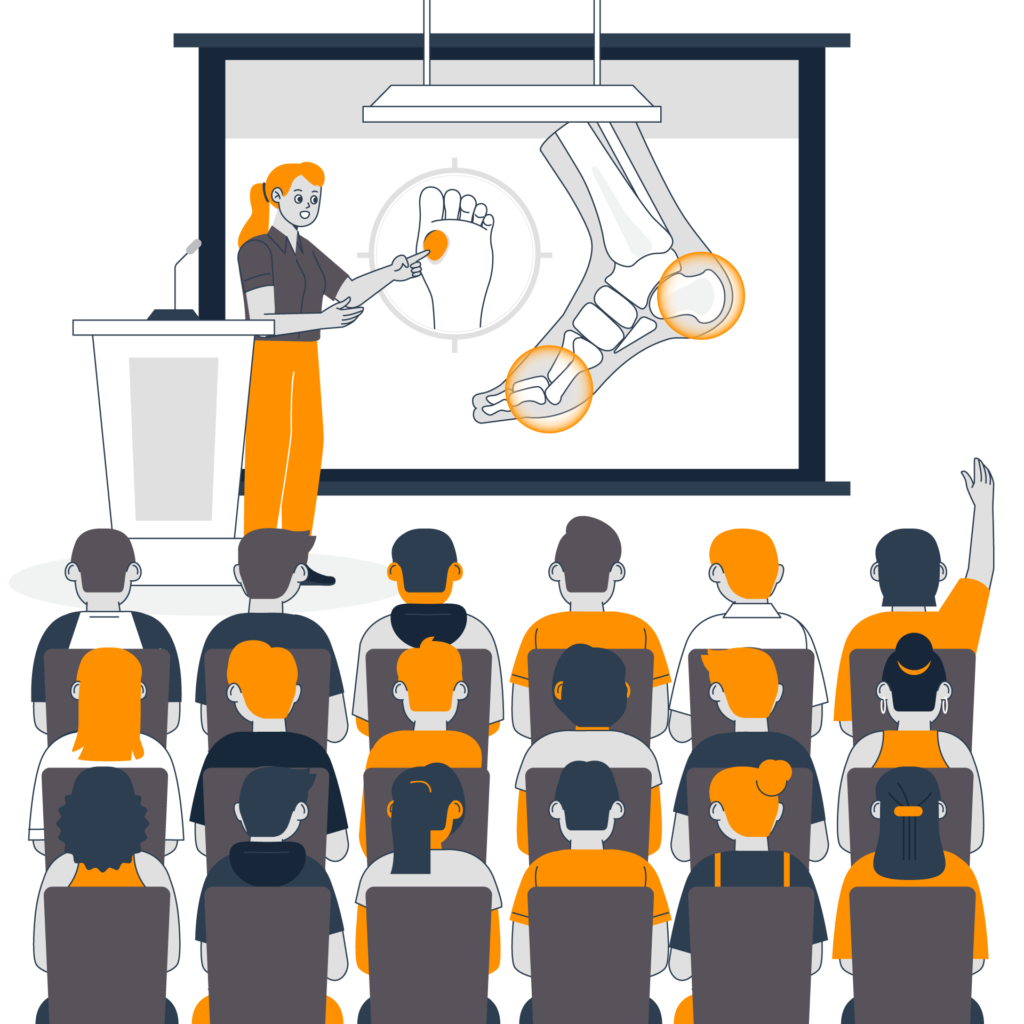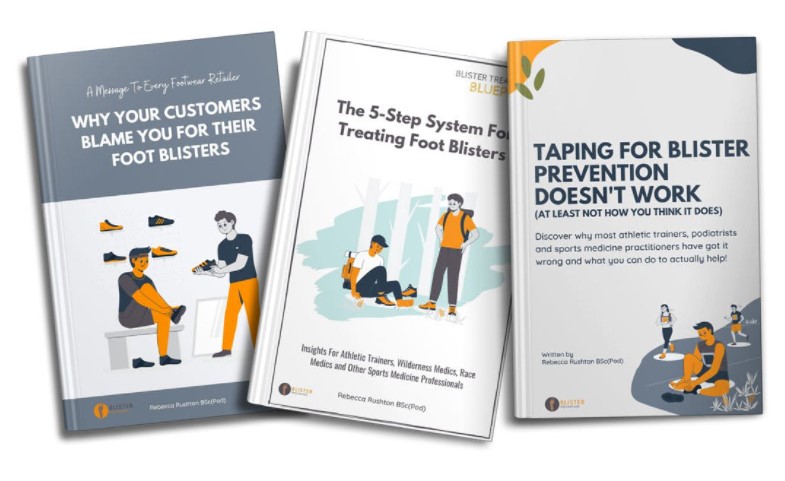I’m pleased to say that in early January 2023, both of our (Dr Doug Richie and Rebecca Rushton) manuscripts successfully completed the peer review process at the Journal of Athletic Training. Watch this video for our blister research update. You can read the pre-print manuscripts at the following links:
- Friction Blisters of the Feet: A New Paradigm To Explain Causation https://doi.org/10.4085/1062-6050-0309.22
- Friction Blisters on the Foot: A Critical Assessment of Current Prevention Strategies https://doi.org/10.4085/1062-6050-0341.22
Overview of the first paper – A New Paradigm
- Repetitive shear deformation
- Skin and bone move out of synch
- Misuse of the term “friction”
Repetitive shear deformation (not rubbing)
- Intraepidermal mechanical fatigue (not a wear injury)
- Caused by repetitive shear deformation
- Shear deformation is the “give” in the soft tissue
- Driven by bone movement, in the presence of high friction force
- Bones move, skin surface doesn’t, everything in between distorts
- When repetitive, can cause a mechanical fatigue
- Takes up to 2 hours to fill with fluid
Bone movement, high friction force and the resultant shear deformation is normal and necessary for efficient gait
- Shear deformation happens with every step we take
- It’s normal and our feet can handle a lot of it
- High in-shoe friction force is normal (needed for traction)
- Plantar epidermis is hairless, ridged, eccrine sweat glands
- Plantar dermis has a higher collagen content – to store, transmit and dissipate elastic energy during mechanical deformation
The 3 fundamental elements of blister formation include:
- motion of bone
- high friction force
- repetition of the resulting shear events
Minimising any of these 3 elements will reduce the risk of friction blisters
Overview of the second paper – A critical review of current prevention strategies

Evidence base for preventions
- Evidence for: adaption, neoprene insoles, dense padded acrylic socks
- Evidence against: powders, antiperspirants
- Conflicting: paper tape, double socks
- No/insufficient: footwear fit, lubricants, other tapes, toesocks, other socks, PTFE patches, gel toe protectors, toeprops, biomechanical interventions
Finding it difficult to get the blister conversation started with your clients? Watch this.
Blister Prevention Office Hours Q&A
QUESTION 1: When to open/lance and when not to (including if you have an autoimmune disorder)
QUESTION 2: Best blister prevention?
QUESTION 3: Posterior heel blisters in hiking boots?
QUESTION 4: Should a hiker tape before the walk “just in case”
QUESTION 5: What are the latest products to treat & prevent blisters
QUESTION 6: What role do compressive forces play in blister formation vs shearing forces?
QUESTION 7: Common causative factors of blisters?
QUESTION 7: Hosiery recommendations / Advice on toesocks
QUESTION 8: What are the main causes of blisters with orthotic therapy?
QUESTION 9) Roof management; volume concern & location



